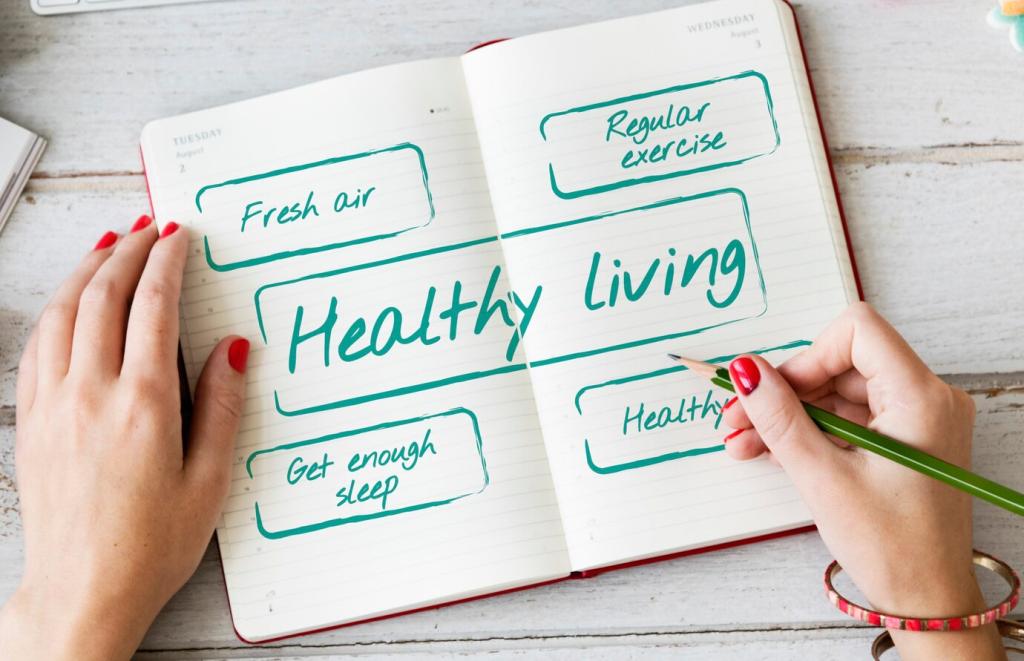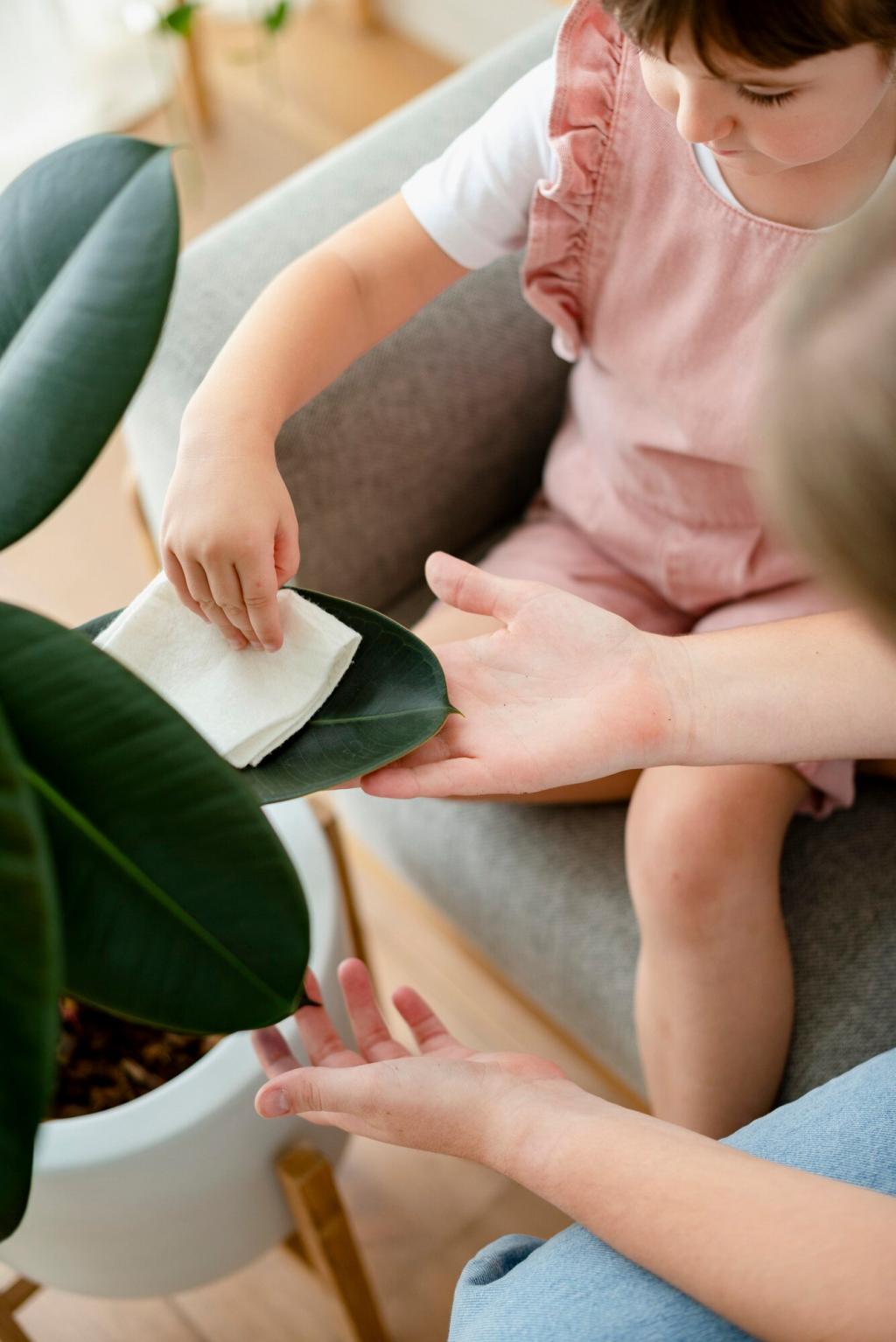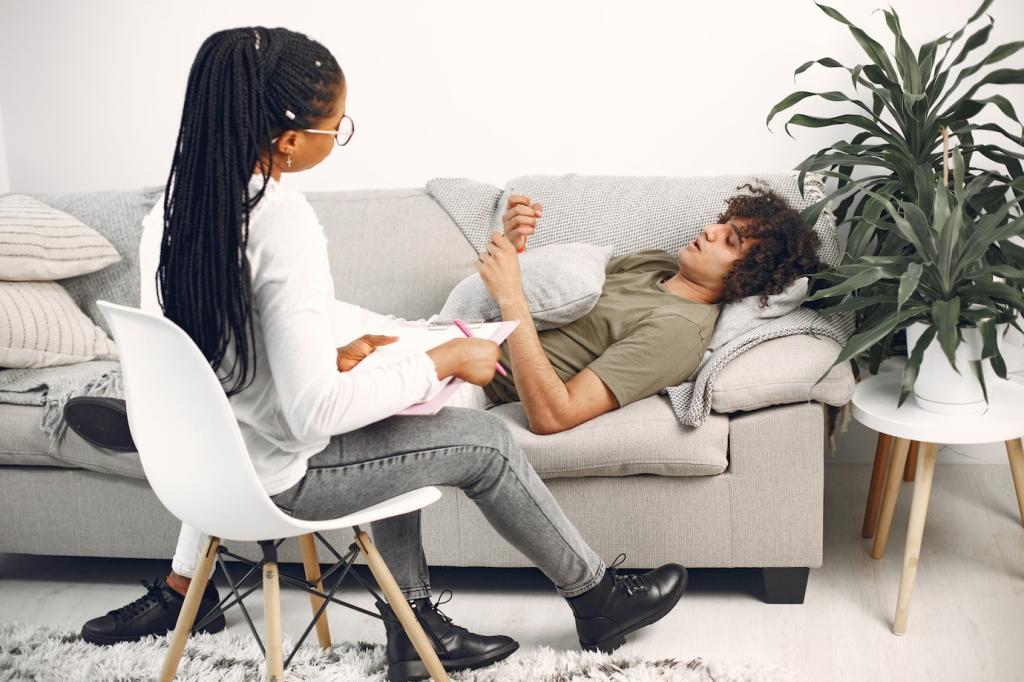How Art Therapy Supports the Healing Brain
When trauma locks the body into vigilance, rhythmic creative acts like repetitive mark making or gentle brush strokes invite regulation. As hands move, breathing steadies, and attention shifts from alarm to flow. Share in the comments which soothing movements help your nervous system settle.
How Art Therapy Supports the Healing Brain
Trauma often sits beneath language, surfacing as sensations or flashes. Image making lets feelings appear without forcing explanations. Colors, shapes, and symbols hold experiences safely at a distance. If this resonates, subscribe and tell us a color that currently mirrors your inner weather.




